Chandni Chowk
Where centuries of Delhi culture comes alive
Chandni Chowk pulses with an energy that makes it one of India’s most fascinating marketplaces. This historic street, dating back to the 17th century, remains the beating heart of Old Delhi’s heritage.
As we wander the main thoroughfare, we are drawn through the ancient walled city, every step offering a new glimpse into centuries of Indian culture and commerce.
Historical significance and Mughal influence
The birth of Chandni Chowk traces back to Mughal Emperor Shah Jahan’s era, the same ruler who built the Taj Mahal. The market was designed by his daughter, Princess Jahanara, in 1650. A canal once ran through its centre, reflecting moonlight – hence the name ‘Chandni’ (moonlight) Chowk (square).
Old Delhi’s most prominent bazaar showcases remarkable Mughal architecture throughout its narrow lanes. The intricate designs and historical structures tell tales of a bygone era when this market served as the commercial centre of Shahjahanabad, the Mughal capital.
Architecture and notable landmarks
The architectural heritage of Chandni Chowk includes numerous historical buildings and religious structures. The Fatehpuri Masjid, built in 1650, anchors one end of the market, while the iconic Red Fort stands majestically at the other.
Between these landmarks, the street houses various havelis (traditional mansions) that display stunning Mughal architectural elements.
The famous Jama Masjid, India’s largest mosque, lies within walking distance. This architectural marvel addong to the cultural significance of the area, drawing people from across the globe to admire its grandauneur.
Famous markets and shopping experiences
The bazaar consists of several specialised markets, each known for specific items:
- Khari Baoli is Asia’s largest spice market. This section fills the air with aromatic spices and dried fruits. The historical market dates back to the 17th century and continues to be a crucial trading hub.
- Dariba Kalan known for its exquisite jewellery, specialises in silver and gold ornaments. Traditional craftsmen maintain centuries-old designs while creating contemporary pieces.
- The Kinari Bazaar section focuses on wedding accessories and traditional garments, offering an array of embroidered fabrics and decorative items.
Street food culture and culinary delights
All of the history and various specialties of Chandni Chowk are lost on me as I follow my friend Tarun Gaur from My Greedy Backpack who lives in the area, guides me through the winding, choked streets. I have to trust that he knows where we are going for there is absolutely no hope of me finding my own way out should we become seperated.
This area’s street food culture represents centuries of culinary evolution, blending Mughal, Persian, and local influences and have been promised some local delicacies to start my day.
After much back and forth, through narrow, cramped lanes beneath webs of telephone cables, we arrive at Paranthe Wali Gali, a narrow lane famous for its stuffed flatbreads These sweat treats exemplify the area’s rich food heritage and this street holds the distinction of having served these delicacies since the 1870s.
All around me sweet shops dot the marketplace, offering traditional Indian desserts made from centuries-old recipes. The area is particularly renowned for its jalebi, rabri, and kulfi but Taren deftly guides me in to the back of a hole in the wall eatery behind a counter where a local artizan is flipping flat breads back and forth n a simple gas hot plate.
I don’t remember him ordering but very quickly a tin tray divided in to four sections and containing a selection of condiments and a couple of flat breads is placed in front of me. This is accompanied by a coconut husk cup of iced coconut milk which I devour, along with the flat bread and condiments, very quickly.
It only then, as I am mopping up the last of the spices with a small, remaining piece of flat bread that I remember all those warnings about drinking the local water or anything containing ice.
Crap I say to myself, I could be in trouble.
Modern day Chandni Chowk
Despite its historical character, Chandni Chowk adapts to contemporary needs while preserving its cultural heritage. Recent renovation projects aim to restore the market’s original glory while improving infrastructure. regardless, the market continues to thrive as a commercial hub, balancing traditional trade with modern business practices. Electronic shops now operate alongside ancient spice sellers, creating a unique blend of old and new.
Summary
Chandni Chowk represents the enduring spirit of Old Delhi, where centuries of history merge with present-day commerce. This historical market preserves its Mughal heritage while evolving with modern times, making it an essential part of India’s cultural landscape.
Tarun continued to guide me back and forth through the market for a couple of hours, trying a bit of this and a bit of that.
All in all it was a marvellous experience. By necessity I put aside all my reservations about the food and getting sick from the water aside and had a wonderful time. The range of foods was endless, everything delicious and different and I think that it you are sensible, eat where the locals eat and eat fresh you should be ok.
Thankfully on this occasion, I was and didn’t get sick from the local water.
That was to come later in Pushkar’s Market Street.
- THe foods options at Chandni Chowk are almost endless

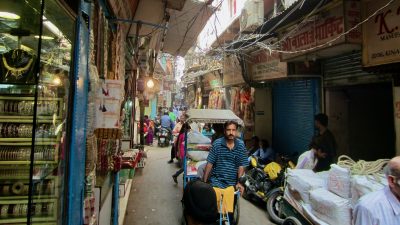
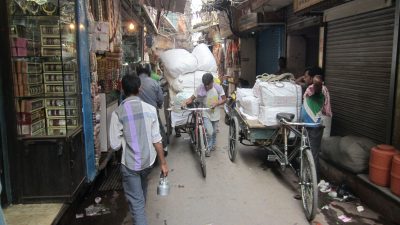
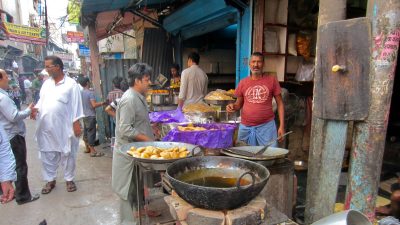
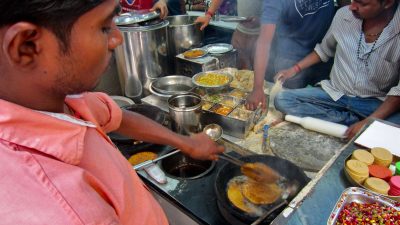
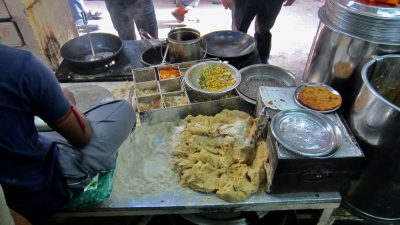
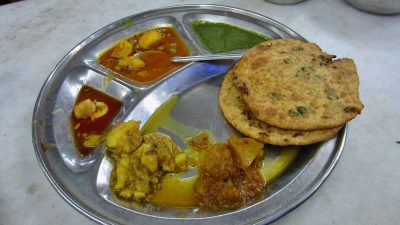
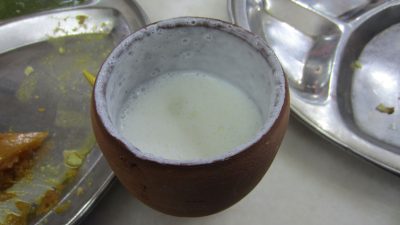
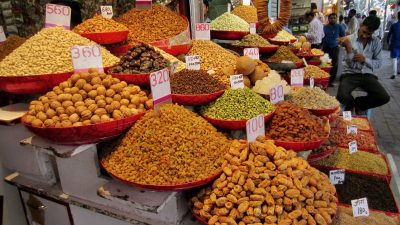
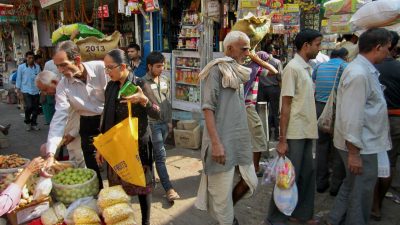
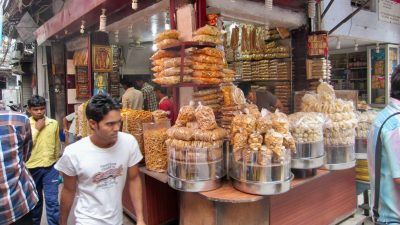
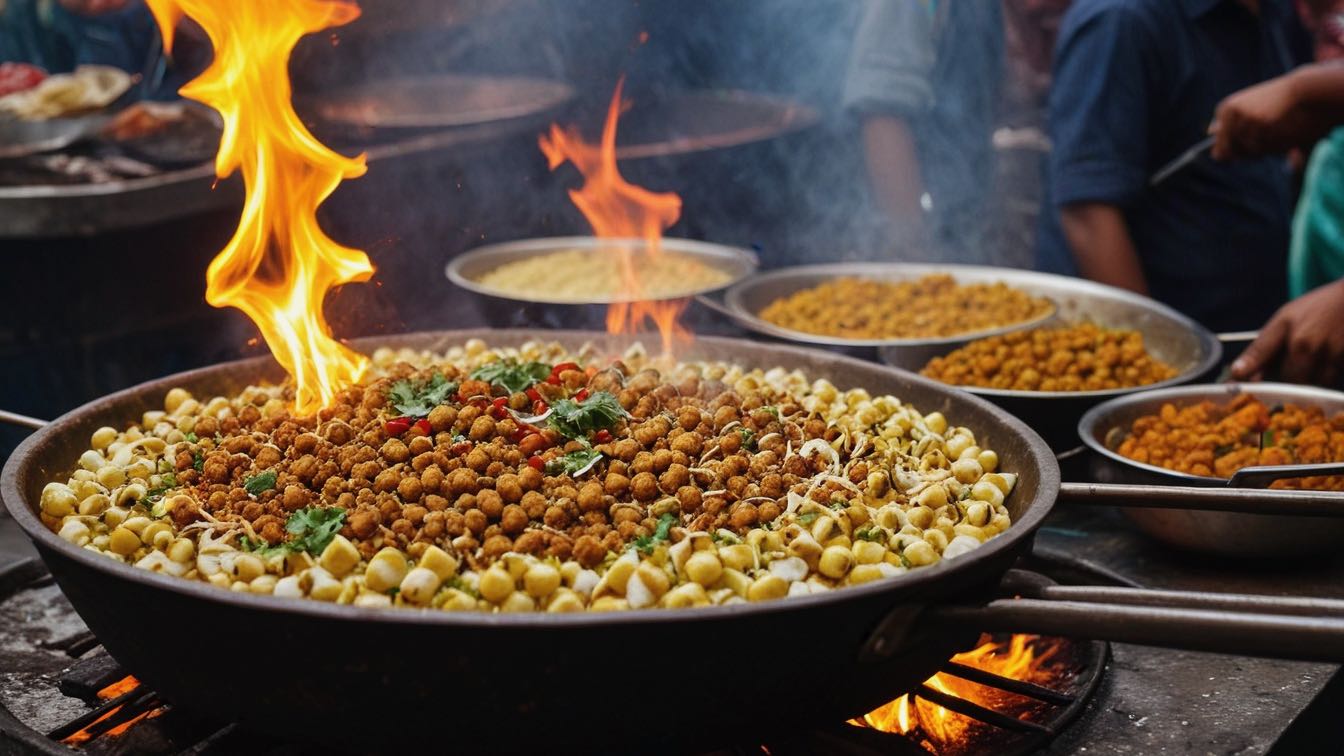
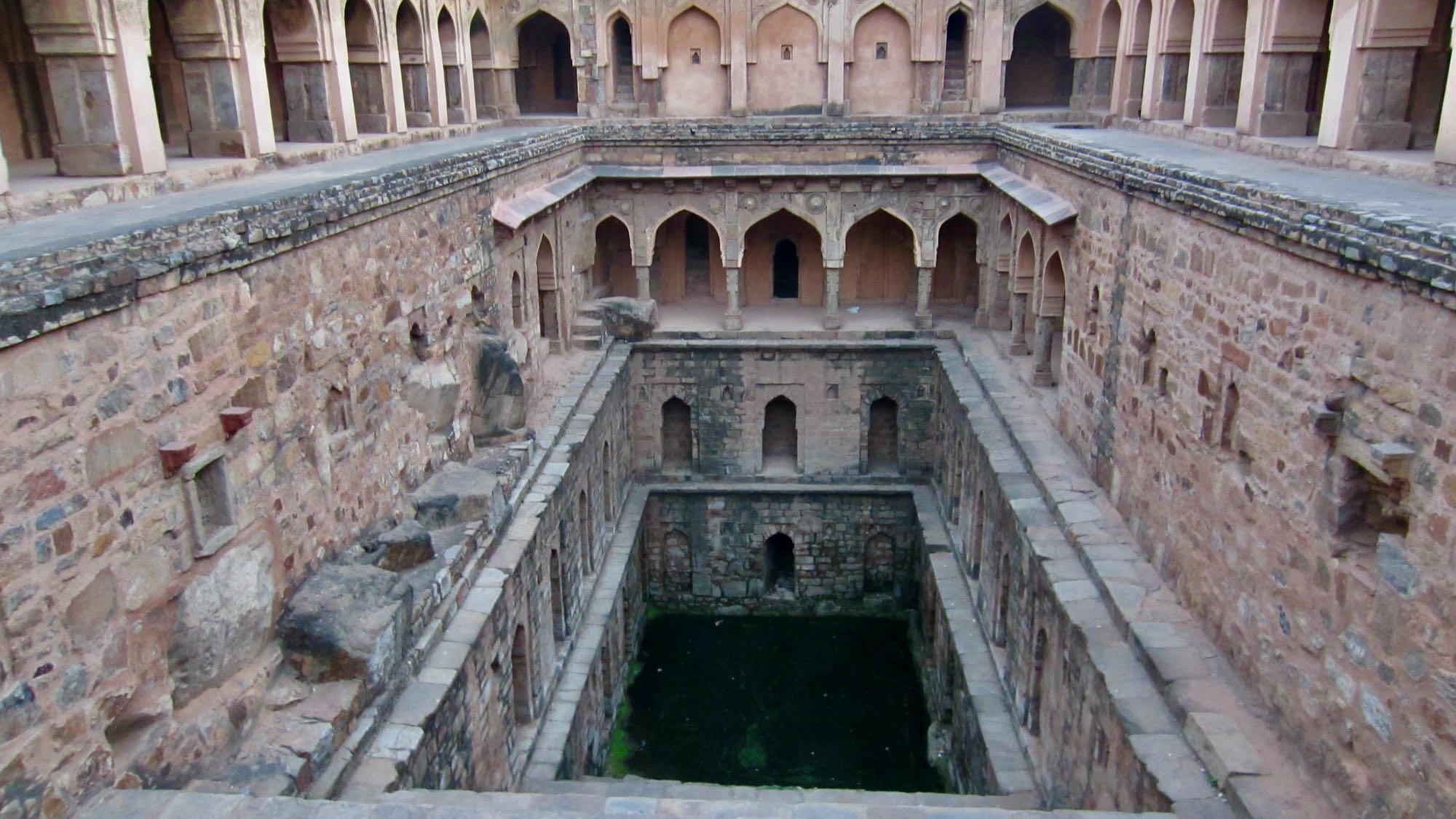
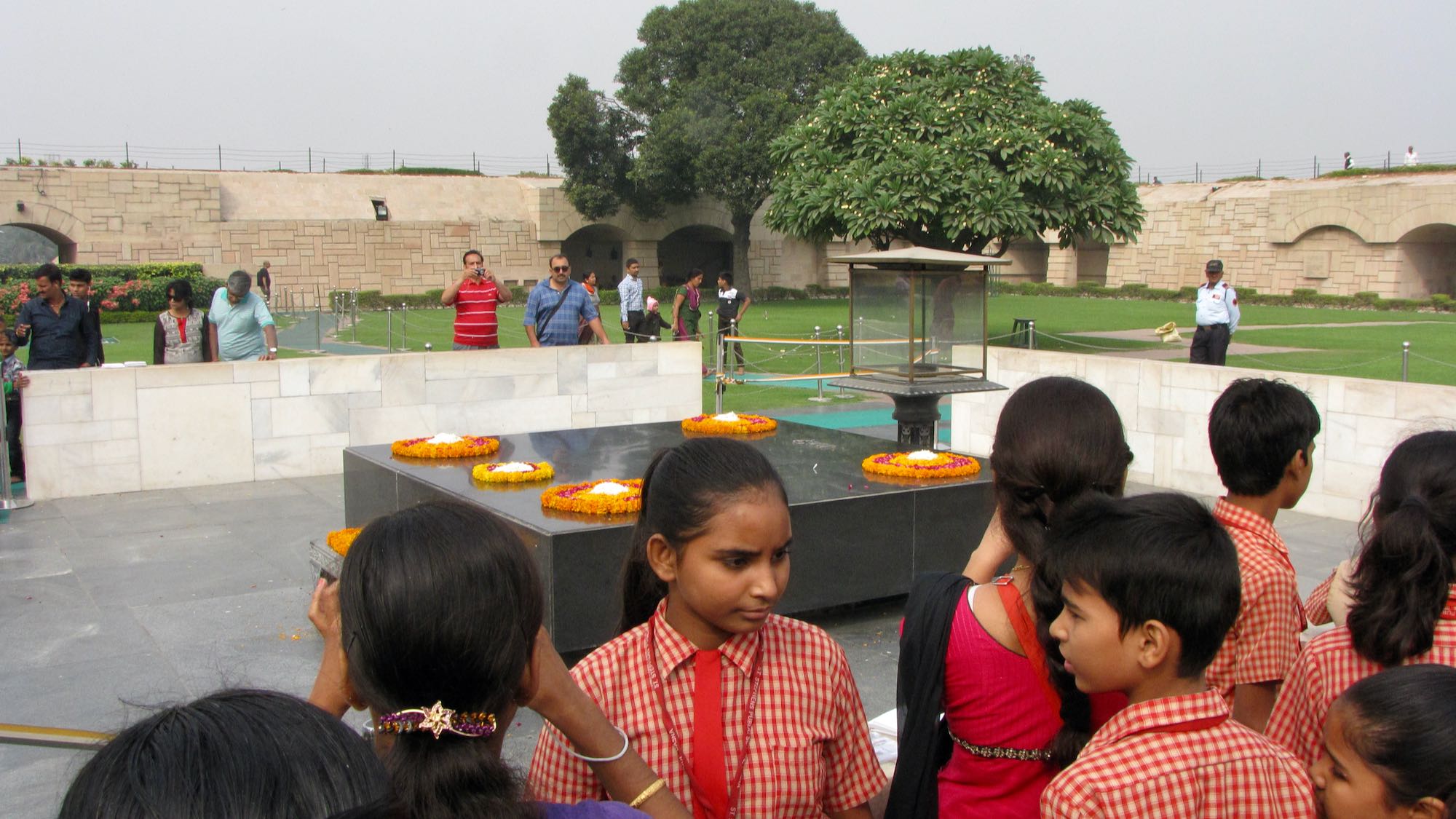
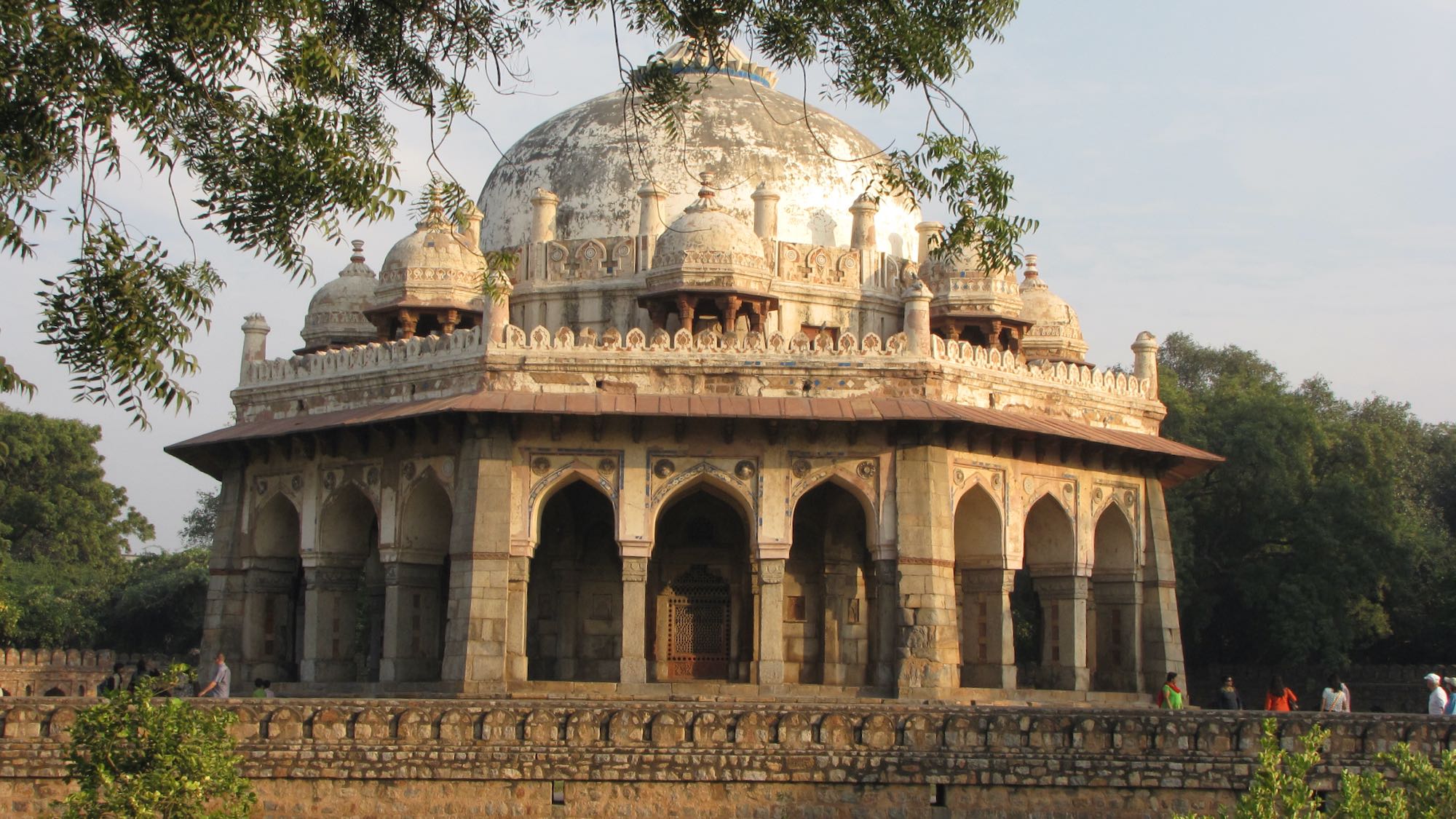

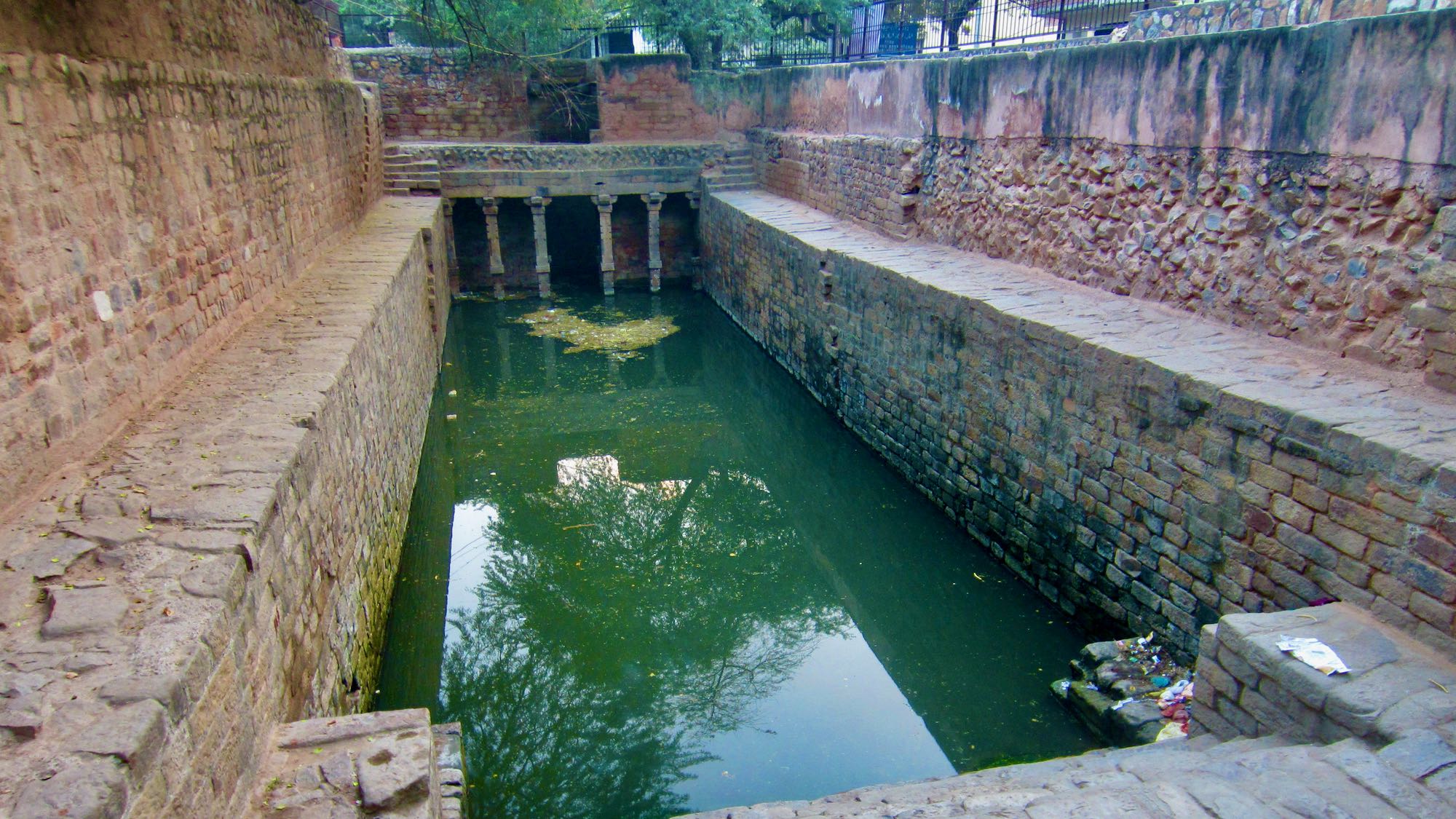
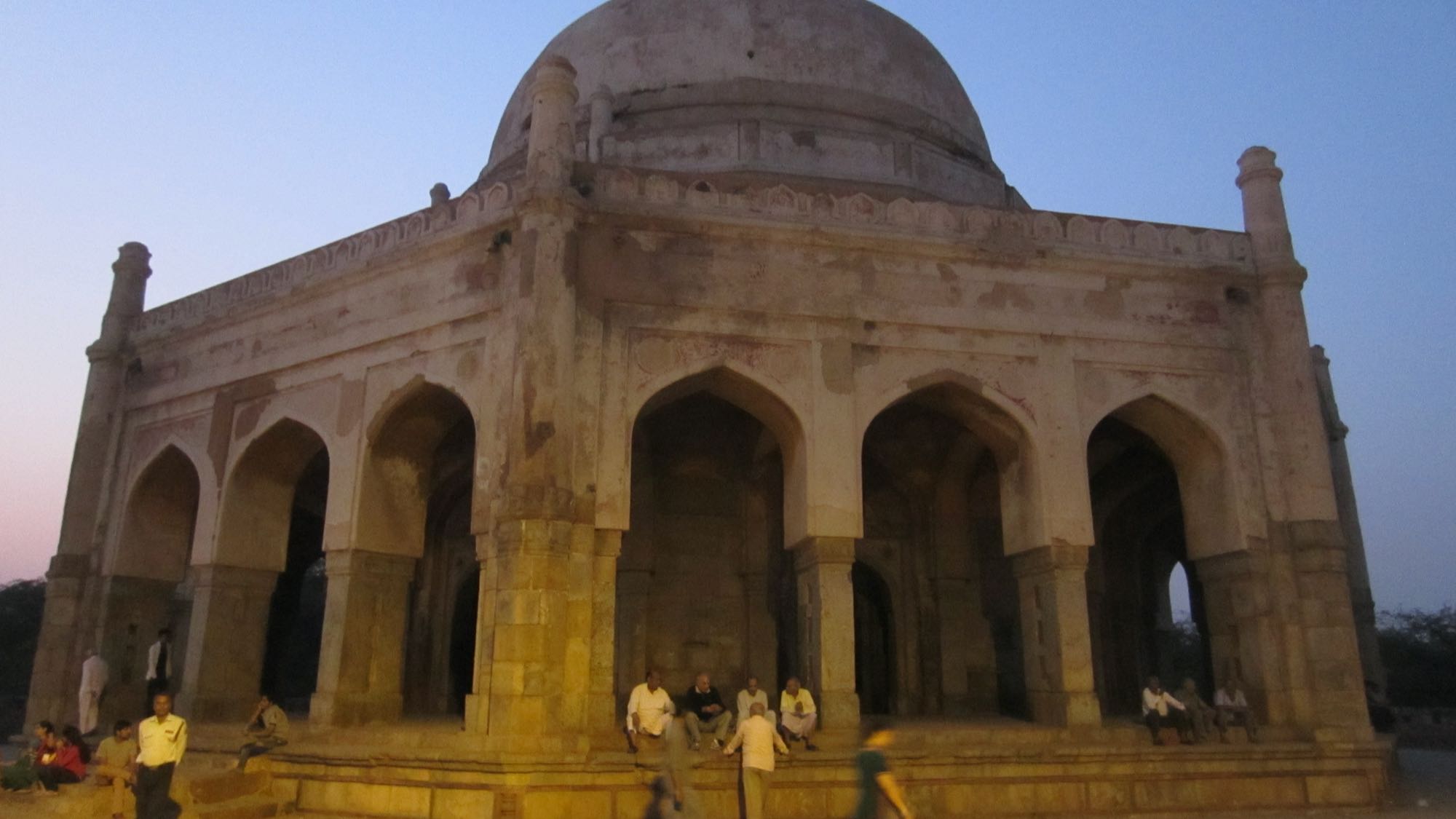

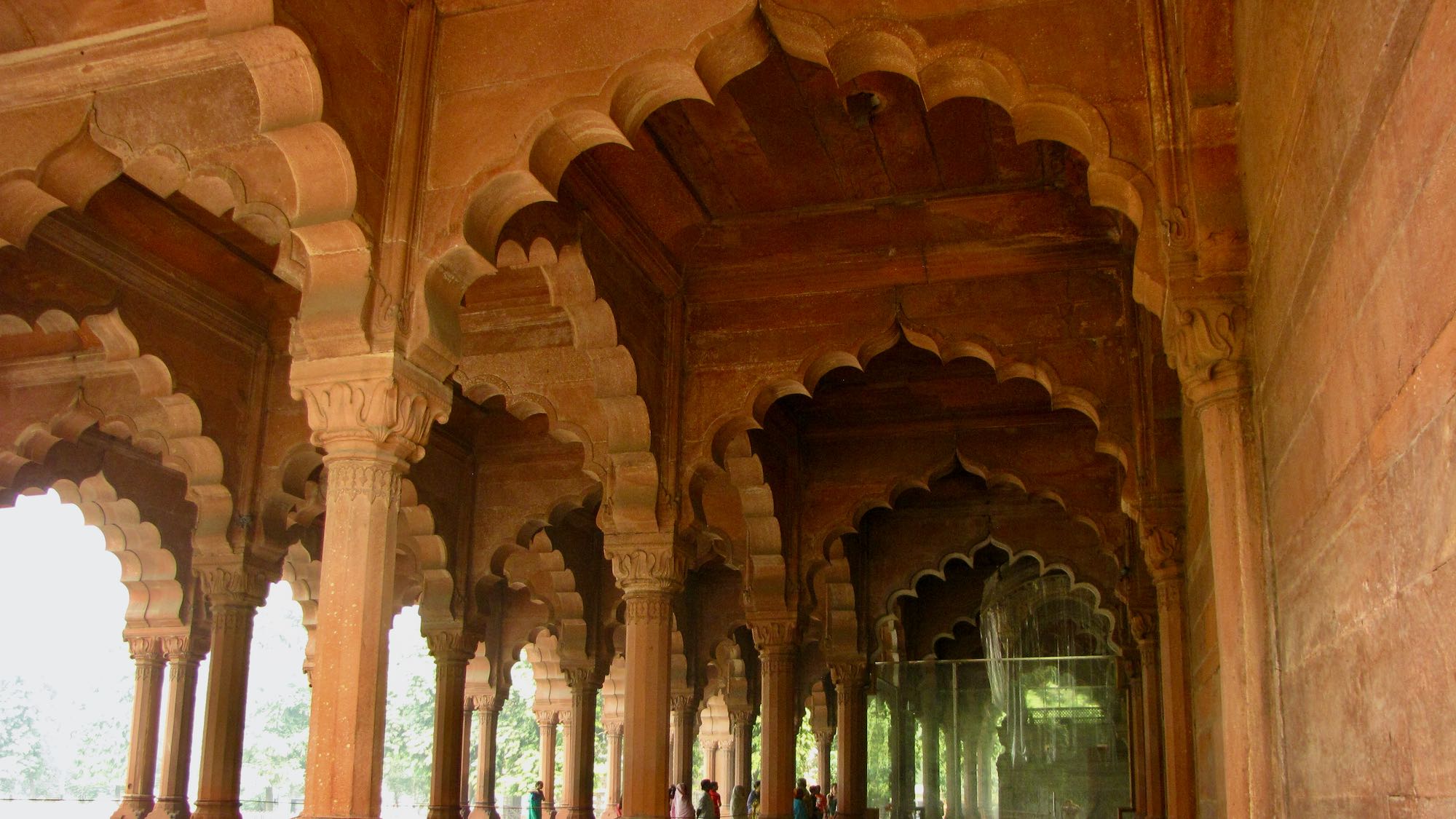


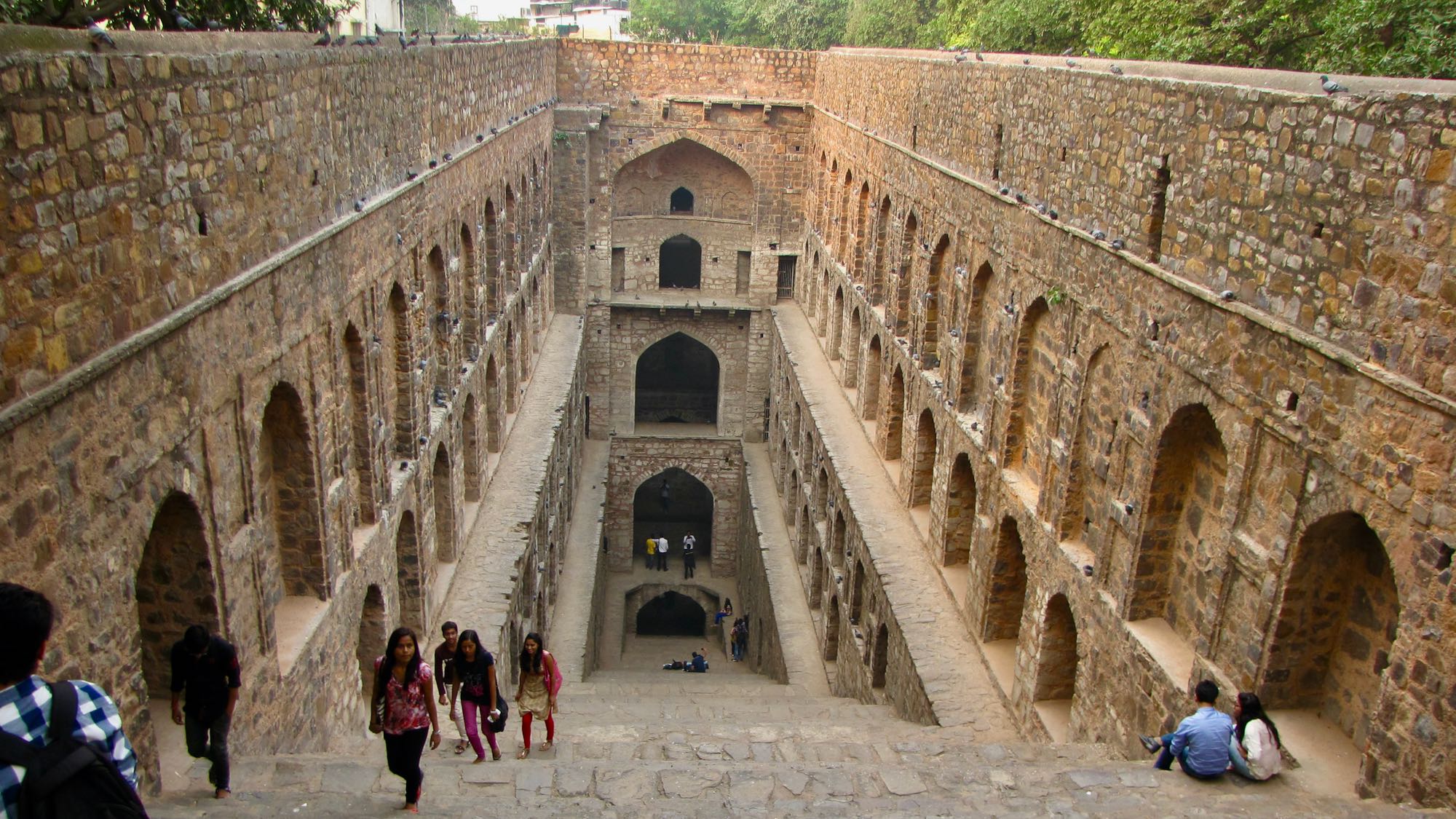
Leave A Comment